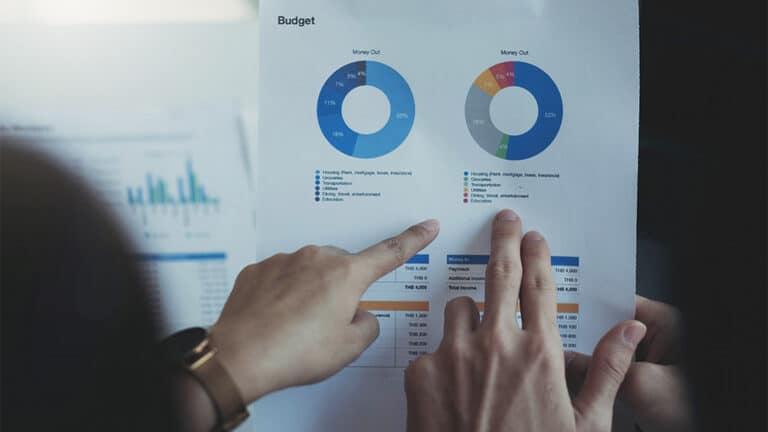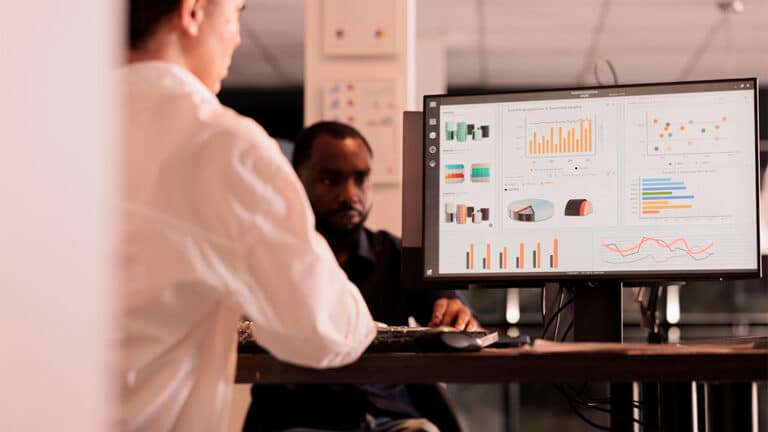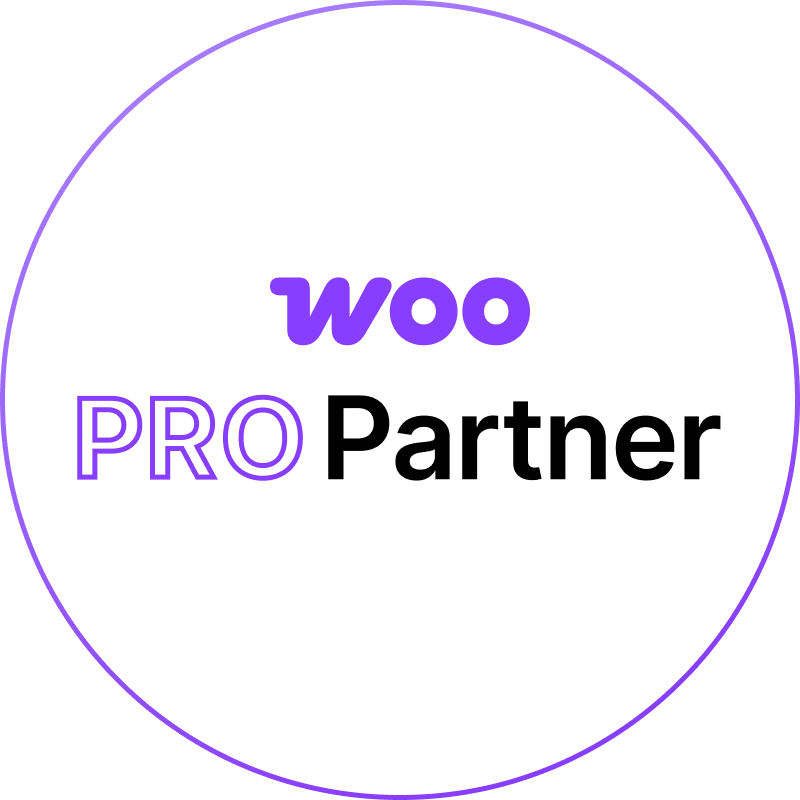10 Common WooCommerce Development Mistakes to Avoid for Better Performance
WooCommerce is one of the most flexible and widely-used eCommerce platforms in the world, providing businesses with the tools to create customized online stores. However, while WooCommerce offers vast capabilities, it also requires careful development to ensure optimal performance, security, and scalability. Unfortunately, many developers make mistakes that can hinder store performance and result in poor user experiences.
In this blog post, we’ll explore 10 common WooCommerce development mistakes that can negatively impact your store and how to avoid them. If you’re looking to improve your store’s performance, security, and overall user experience, avoiding these mistakes will be key to your success.
1. Not Optimizing for Speed
Speed is crucial for any eCommerce store, and this is especially true for WooCommerce sites. Slow-loading pages can lead to high bounce rates and lost sales. In fact, research shows that even a one-second delay in load time can reduce conversions by 7%.
The Problem: Many developers overlook the importance of optimizing for speed, especially when WooCommerce stores start small and grow over time. Adding too many plugins, using large images, and failing to implement proper caching solutions can all contribute to slower load times.
The Solution:
- Image Optimization: Compress and resize images to ensure they load quickly without sacrificing quality.
- Caching: Use caching plugins like WP Rocket or W3 Total Cache to reduce server load and improve page speed.
- Minify CSS, JavaScript, and HTML: Minifying your site’s code reduces file sizes, improving load times.
- Choose Reliable Hosting: Opt for high-quality WooCommerce hosting that can handle traffic spikes and provide fast server responses.
By focusing on speed optimization from the start, WooCommerce developers can ensure that their sites provide a smooth and seamless experience for users.
2. Using Too Many Plugins
WooCommerce’s extensive library of plugins is one of its strongest features, allowing you to easily add functionality to your store. However, over-relying on plugins can also slow down your site, cause security vulnerabilities, and create conflicts between plugins.
The Problem: Many WooCommerce stores use too many plugins, which can introduce unnecessary complexity. Each plugin adds extra code to your website, which can cause compatibility issues and affect performance. Furthermore, plugins that are not regularly updated can become security risks.
The Solution:
- Limit Plugin Use: Only install plugins that are absolutely necessary for your store’s operation. If you find that multiple plugins are adding bloat to your site, consider custom WooCommerce development to create a streamlined solution.
- Regular Plugin Audits: Periodically review and remove plugins that are no longer needed.
- Custom Solutions: For critical functionality, consider hiring WooCommerce developers to create custom solutions tailored to your store’s unique needs, which can be more efficient than using multiple plugins.
Remember, more plugins do not necessarily mean more features; often, custom-built solutions can reduce the need for plugins and provide better performance.
3. Poor Mobile Optimization
Mobile commerce (or mCommerce) is rapidly growing, with over half of all eCommerce transactions now occurring on mobile devices. If your WooCommerce store isn’t optimized for mobile users, you’re missing out on significant revenue opportunities.
The Problem: Many WooCommerce stores are not fully optimized for mobile devices. This can result in poor navigation, slow loading times, and checkout processes that are difficult to complete on a mobile phone. A poor mobile experience often leads to abandoned carts and lost sales.
The Solution:
- Responsive Design: Ensure your WooCommerce store uses responsive design, so it adjusts automatically to different screen sizes.
- Mobile-First Development: Prioritize mobile development by optimizing page load times, simplifying navigation, and ensuring product pages are easy to read on smaller screens.
- Mobile Checkout Optimization: Streamline the checkout process for mobile users by reducing the number of steps required to complete a purchase and offering mobile-friendly payment options such as Apple Pay or Google Pay.
Investing in mobile optimization is no longer optional — it’s a necessity for WooCommerce stores looking to grow in the modern eCommerce landscape.
4. Ignoring SEO Best Practices
SEO (Search Engine Optimization) is a critical component of driving organic traffic to your WooCommerce store. However, it’s easy for developers to overlook SEO best practices during the development phase, which can have long-term effects on the site’s visibility in search engines.
The Problem: Common SEO mistakes include failing to optimize URLs, neglecting to use proper meta tags and headings, and not implementing schema markup. Additionally, poorly optimized images and slow page speeds can negatively impact your site’s SEO rankings.
The Solution:
- Clean URL Structure: Use SEO-friendly URLs that are descriptive and include relevant keywords (e.g., /product/custom-woocommerce-development instead of /product-id-123).
- Meta Tags and Headings: Ensure that every page has properly optimized title tags, meta descriptions, and headings (H1, H2, etc.) to improve search engine visibility.
- Schema Markup: Implement schema markup to help search engines understand the content on your website and improve how your products are displayed in search results.
- Alt Text for Images: Always include alt text for product images to enhance SEO and improve accessibility.
By incorporating SEO best practices during development, WooCommerce developers can give their sites a head start in search engine rankings, ultimately leading to more traffic and sales.
5. Not Securing the Store Properly
Security is a top priority for any eCommerce site, as sensitive customer information (such as credit card details) must be protected at all costs. However, many WooCommerce stores fail to implement adequate security measures.
The Problem: Security issues often arise when store owners and developers neglect essential practices like installing SSL certificates, using strong passwords, and keeping WooCommerce plugins and themes updated. This leaves the store vulnerable to hacking, data breaches, and financial fraud.
The Solution:
- Install SSL Certificates: Ensure that your WooCommerce store is secure with an SSL certificate, which encrypts the data between your server and the user’s browser. This is essential for customer trust and security.
- Regular Updates: Keep WooCommerce, WordPress, and all plugins and themes updated to prevent vulnerabilities.
- Two-Factor Authentication (2FA): Implement 2FA for both admin users and customers to add an extra layer of security.
- Use Secure Payment Gateways: Always use trusted and secure payment gateways like PayPal, Stripe, or Square for processing transactions.
A secure WooCommerce store not only protects your business and customers but also enhances trust and credibility, leading to increased sales.
6. Skipping Regular Site Maintenance
WooCommerce stores are dynamic environments with constantly changing products, orders, and customer interactions. Failing to perform regular maintenance on your store can lead to broken links, outdated software, and a poor user experience.
The Problem: Many WooCommerce site owners launch their stores and forget about ongoing maintenance. Over time, this leads to issues such as plugin conflicts, outdated themes, and potential security vulnerabilities. Furthermore, an unmaintained WooCommerce store can experience performance degradation, causing slower page loads and frustration for customers.
The Solution:
- Regular Updates: Schedule regular updates for your WooCommerce store, including plugin updates, theme updates, and WordPress core updates.
- Broken Link Checks: Use tools like Broken Link Checker to scan your site for broken links and fix them promptly.
- Database Optimization: Regularly optimize your WooCommerce database to keep it running smoothly and avoid bloat from old orders, revisions, and post meta.
By keeping your WooCommerce store well-maintained, you ensure that it remains secure, fast, and functional for your customers.
7. Poor Checkout Process Design
One of the most critical parts of an eCommerce site is the checkout process. A poorly designed checkout can lead to abandoned carts, which means lost sales for your WooCommerce store.
The Problem: Many WooCommerce stores have overly complicated checkout processes with too many steps, slow loading times, or confusing interfaces. These obstacles frustrate customers and often cause them to abandon their purchases.
The Solution:
- Simplify the Checkout Process: Reduce the number of fields and steps in your checkout process. For instance, offer a guest checkout option so users don’t have to create an account to make a purchase.
- Speed Up the Checkout: Optimize the checkout page for speed by reducing unnecessary elements and ensuring that all scripts are minimized.
- Multiple Payment Options: Provide various payment options, including credit cards, PayPal, and digital wallets like Apple Pay, to make the process as convenient as possible for all users.
By simplifying and speeding up the checkout process, WooCommerce developers can significantly reduce cart abandonment rates and boost conversions.
8. Overlooking Scalability
As your WooCommerce store grows, you’ll need a platform that can scale with your business. However, many developers fail to plan for growth, which can lead to poor performance when traffic and sales volumes increase.
The Problem: Stores that are not designed with scalability in mind may experience slow page loads, errors, and crashes when traffic spikes. This is especially problematic during high-demand periods such as holidays or sales events, where lost sales can be devastating.
The Solution:
- Scalable Hosting: Choose scalable hosting solutions that allow for dynamic resource allocation based on traffic needs.
- Database Optimization: Regularly clean up and optimize your WooCommerce database to keep it running efficiently, even as product catalogs and order volumes grow.
- Content Delivery Networks (CDNs): Implement a CDN to distribute content more efficiently and ensure fast loading times for users across different geographical locations.
Planning for scalability ensures that your WooCommerce store can handle growth and maintain top performance as your business expands.
9. Not Testing Changes Before Going Live
Making changes to your WooCommerce store without proper testing can lead to unexpected issues, such as broken functionality or poor user experience.
The Problem: Some developers and store owners push updates or changes directly to the live site without testing them first. This can result in downtime, errors, or even lost data, which can severely affect your business.
The Solution:
- Use a Staging Site: Always test new changes, plugins, or updates on a staging site before deploying them to your live store.
- Backup Regularly: Make sure you have regular backups of your WooCommerce store, so you can quickly restore it if anything goes wrong.
- QA Testing: Perform thorough quality assurance (QA) testing for any new features or design changes to ensure everything works as expected.
Testing changes before they go live ensures that your WooCommerce store runs smoothly without disruptions, providing a consistent experience for your customers.
10. Conclusion: How WooCommerce Developers Can Help
Avoiding these common WooCommerce development mistakes is essential for maintaining a high-performing, secure, and scalable online store. By focusing on speed optimization, minimizing plugin usage, improving mobile responsiveness, and securing your store, you can provide a superior shopping experience for your customers and boost conversions.At Zen Agency, our WooCommerce developers specialize in creating customized WooCommerce solutions that help businesses avoid these pitfalls. Whether you need help with performance optimization, security, or scalability, our team is here to support your success.

















